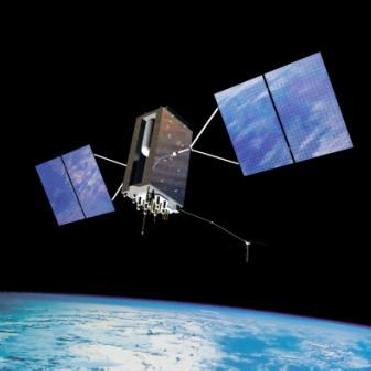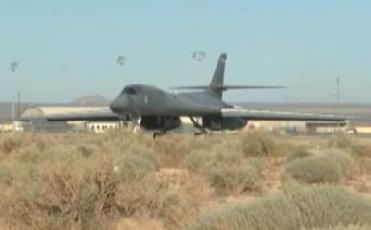
Global Positioning System Information. A Lockheed Martin photo
NEWTOWN, PENNSYLVANIA (BNS):� Lockheed has successfully completed a key requirements review for the Global Positioning System (GPS) IIIB satellite series under the US Air Force's next generation GPS III Space Segment program.
The Lockheed Martin-led team recently carried out the two-day GPS IIIB System Requirements Review (SRR) with the US Air Force at the company facilities in Valley Forge, Pa.
GPS III will improve position, navigation and timing services and provide advanced anti-jam capabilities yielding superior system security, accuracy and reliability for users around the globe, a company statement said.
Lockheed Martin Space Systems, Newtown, Pa., is working under a $3 billion Development and Production contract to produce up to 12 GPS IIIA satellites, with first launch projected for 2014.
The contract, which features a �back to basics� acquisition approach to low-risk constellation sustainment and technology insertion, includes a Capability Insertion Program (CIP) designed to mature technologies and perform rigorous systems engineering for the future IIIB and IIIC increments planned for follow-on procurements.
The GPS IIIA satellites will deliver significant improvements over current GPS space vehicles, including a new international civil signal (L1C) and increased M-Code anti-jam power with full earth coverage for military users, it said.
GPS IIIB will enable a cross-linked command and control architecture, allowing these GPS III vehicles to be updated from a single ground station instead of waiting for each satellite to orbit in view of a ground antenna.
GPS IIIC will include a high-powered spot beam to deliver greater M-Code power for increased resistance to hostile jamming.
 Previous Article
Previous Article












The Indian Air Force, in its flight trials evaluation report submitted before the Defence Ministry l..
view articleAn insight into the Medium Multi-Role Combat Aircraft competition...
view articleSky enthusiasts can now spot the International Space Station (ISS) commanded by Indian-American astr..
view article